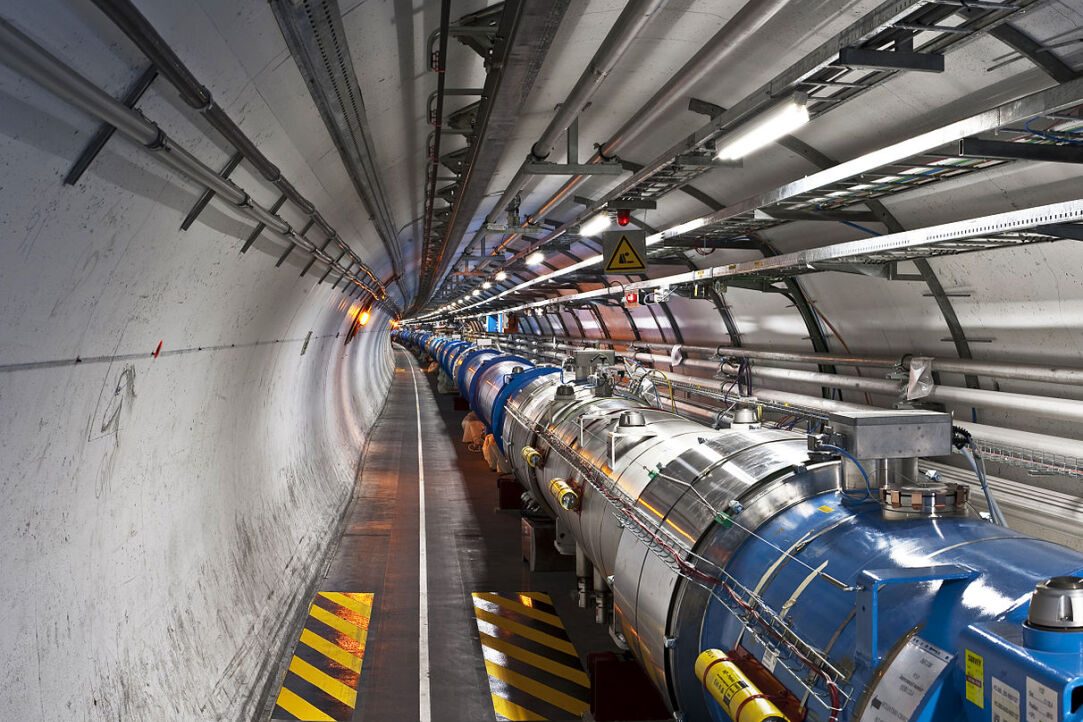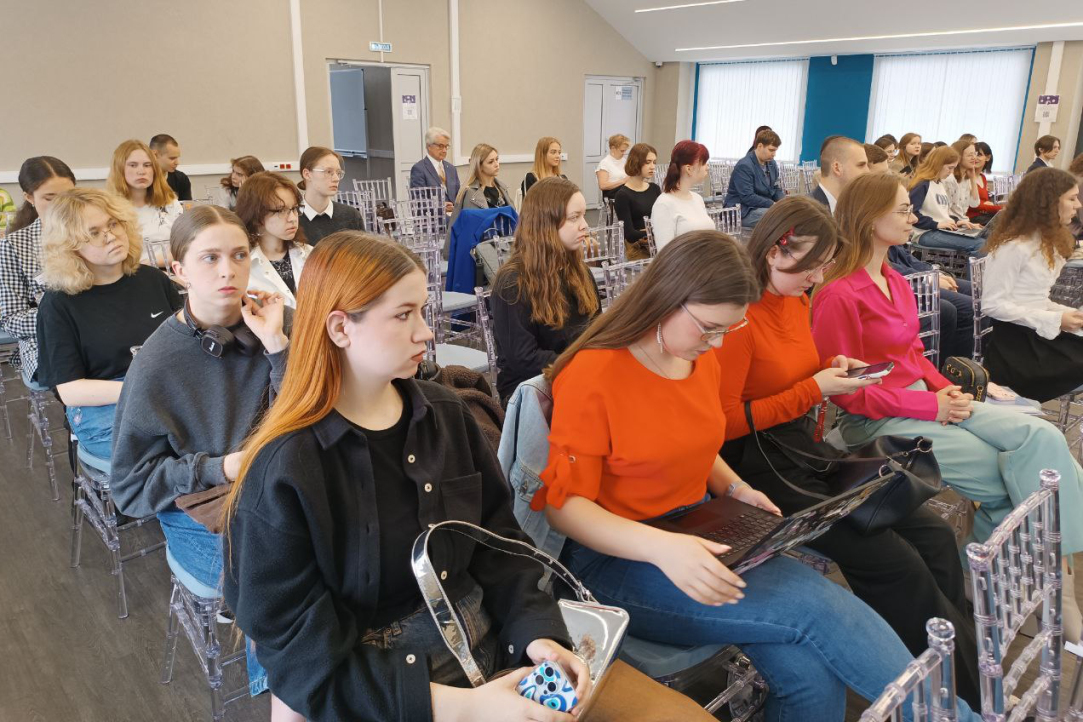
HSE Scientists Win Prestigious International Prize in Fundamental Physics
The 2025 Breakthrough Prize in Fundamental Physics has been awarded to the international collaborations of experiments at the Large Hadron Collider (LHC) at CERN, including the LHCb collaboration, in which researchers from HSE University have participated.

The Digital Professors Programme: Five Years of Developing International Academic Collaboration
For the past five years, the Digital Professors programme has successfully brought leading international experts from foreign educational and research institutions, global companies, and organisations to HSE University to teach in a remote format. Applications to engage remote international scholars for the 2025/26 academic year are now open. HSE Vice Rector Alexey Koshel spoke about the results and distinctive features of the programme.

'The Process of Scientific Activity Is Somewhat Like Sailing'
Maria Buyanovskaya initially aspired to become a restoration artist, but today she is exploring the world of antiquity. In this interview with the HSE Young Scientists project, she discusses how irony can be subtly conveyed even through grammar, talks about the school of Homer and Plato, and highlights summer internships at the Hermitage and the Pushkin Museum.
.jpg)
Cerium Glows Yellow: Chemists Discover How to Control Luminescence of Rare Earth Elements
Researchers at HSE University and the Institute of Petrochemical Synthesis of the Russian Academy of Sciences have discovered a way to control both the colour and brightness of the glow emitted by rare earth elements. Their luminescence is generally predictable—for example, cerium typically emits light in the ultraviolet range. However, the scientists have demonstrated that this can be altered. They created a chemical environment in which a cerium ion began to emit a yellow glow. The findings could contribute to the development of new light sources, displays, and lasers. The study has been published in Optical Materials.

IX All-Russian Scientific Student Conference: Supporting Early-Career Scientists
The IX All-Russian Scientific Student Conference has taken place at the Nizhny Novgorod campus of HSE University, bringing together almost 200 early-career researchers and experts from 14 cities across Russia, from Kaliningrad to Vladivostok, as well as representatives from the African continent.

Genetic Prediction of Cancer Recurrence: Scientists Verify Reliability of Computer Models
In biomedical research, machine learning algorithms are often used to analyse data—for instance, to predict cancer recurrence. However, it is not always clear whether these algorithms are detecting meaningful patterns or merely fitting random noise in the data. Scientists from HSE University, IBCh RAS, and Moscow State University have developed a test that makes it possible to determine this distinction. It could become an important tool for verifying the reliability of algorithms in medicine and biology. The study has been published on arXiv.

'I Would Be Interested to Speak with Chinese Farmers'
Veronika Smirnova studies China's approach to global food security and has spent a year at Renmin University in Beijing. In this interview with the HSE Young Scientists project, she speaks about Xi Jinping's flagship initiatives, her interest in John Boyd Orr of the UN Food and Agriculture Organization (FAO), and her love for malatang and xiao long bao.

Artificial Intelligence as a Catalyst for Sustainable Development
Artificial intelligence is transforming every aspect of life, expanding both our capabilities and our boundaries. At the same time, it presents new challenges for humanity, including concerns about safety, ethics, and environmental sustainability. Today, each neural network leaves a significant carbon footprint. However, with responsible management, AI has the potential to benefit the planet and become a cornerstone of a sustainable future economy. Panos Pardalos, Academic Supervisor of the Laboratory of Algorithms and Technologies for Network Analysis at the HSE Campus in Nizhny Novgorod, emphasised this point as he addressed the XXV Yasin (April) International Academic Conference on Economic and Social Development.

Stuck in the Net: How Much Time Children Spend Online
On average, a schoolchild spends 48 hours a week on studies—equivalent to a six-day working week for an adult. This was highlighted by experts at the round table ‘Domains of Children’s Well-Being Evaluation for Human Potential and Evidence-Based Social Policy Development,’ held as part of the 25th Yasin (April) International Academic Conference.
.jpg)
'The Six Handshakes Rule Applies to Social Media'
Ivan Samoylenko specialises in graph theory; in his third year of university, he developed an idea that later became the foundation of a highly cited academic article. In this interview with the HSE Young Scientists project, he speaks about the Watts-Strogatz small-world model, being a performer in the Bolshoi Children's Choir, and making the choice between science and industry.

